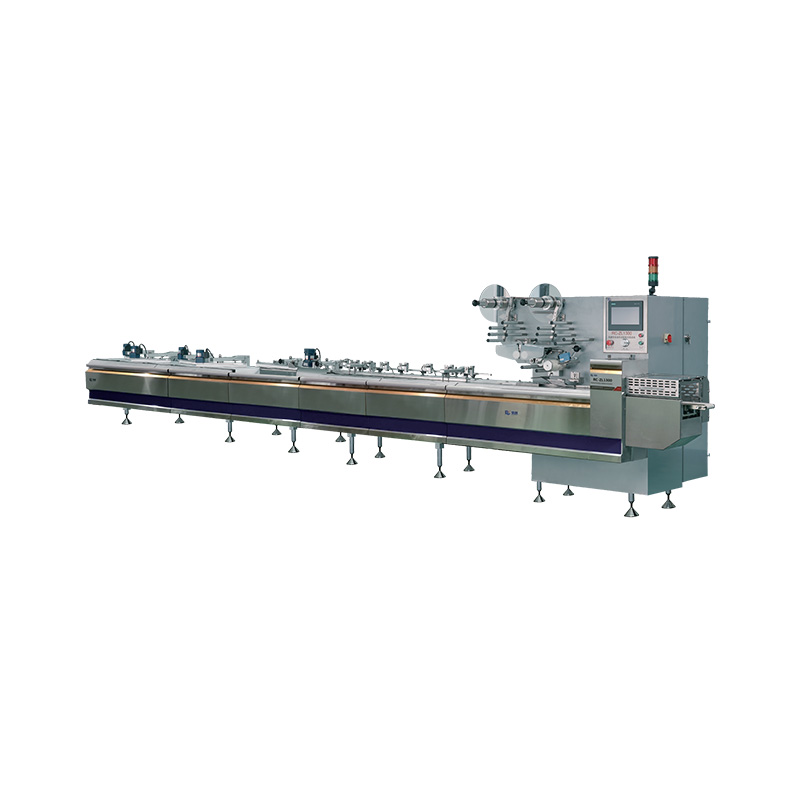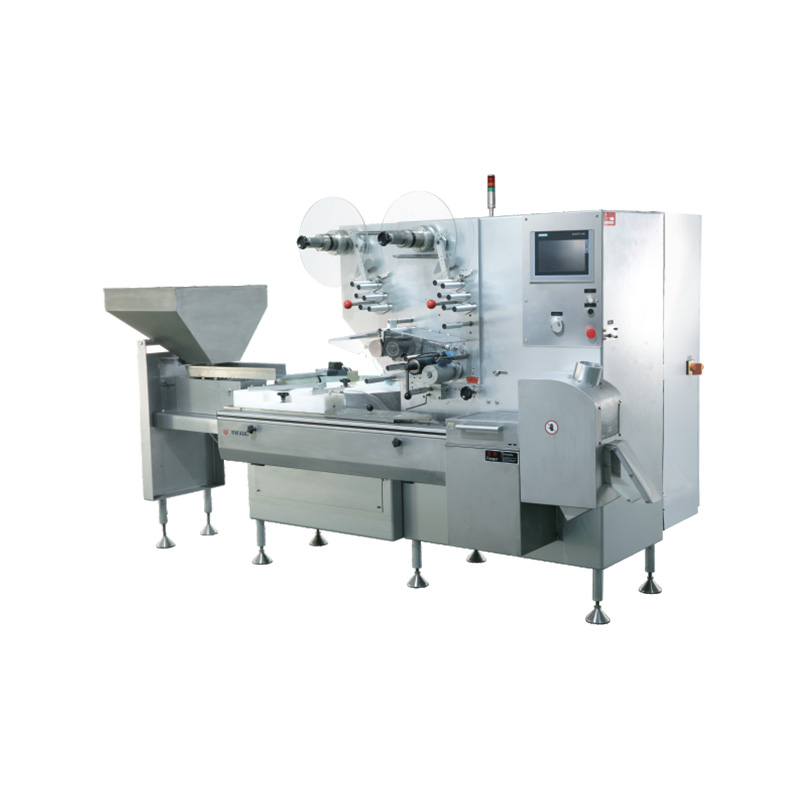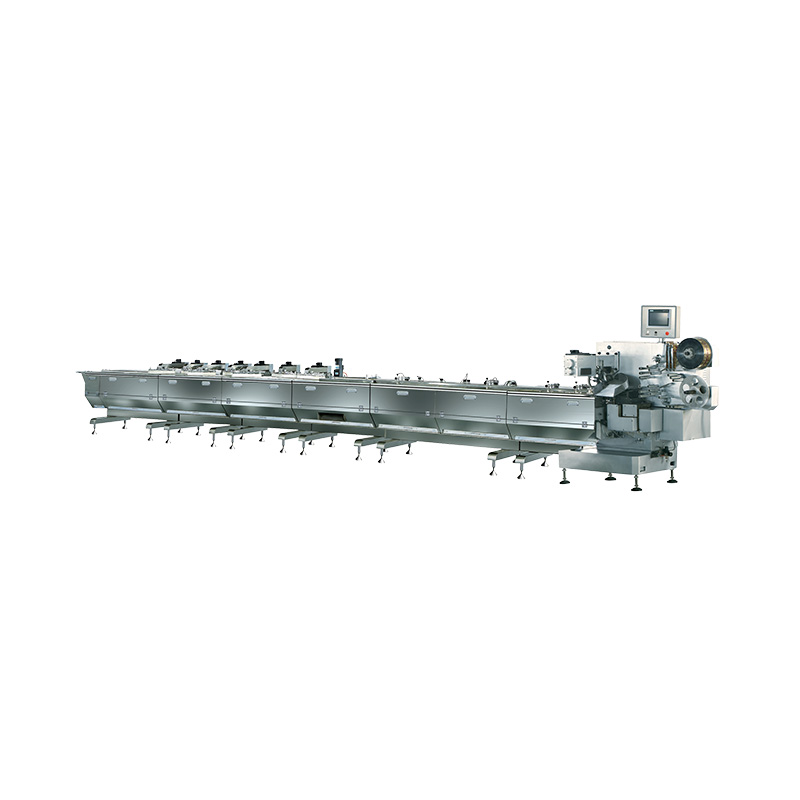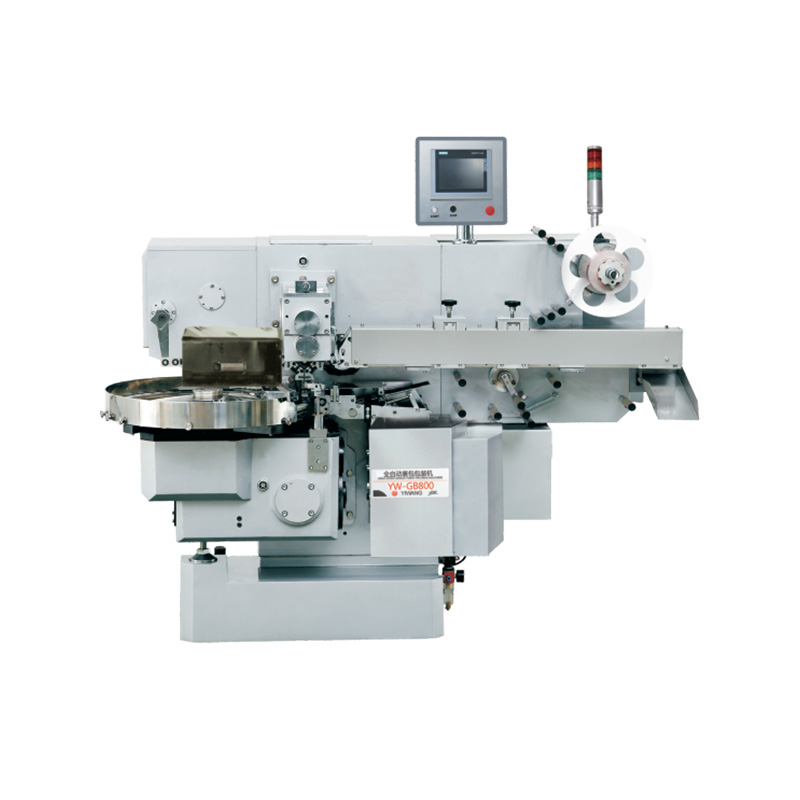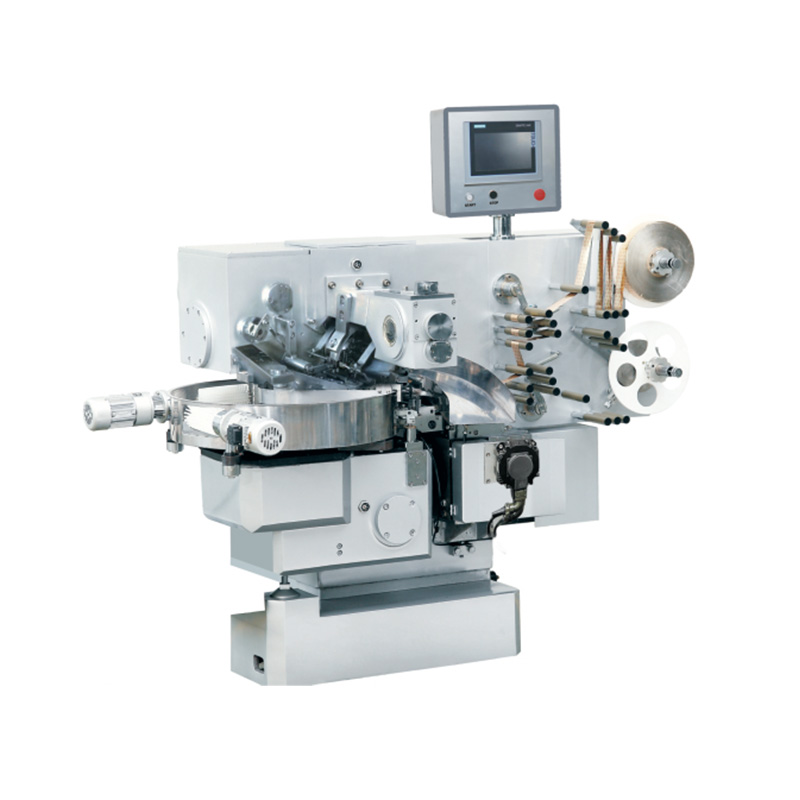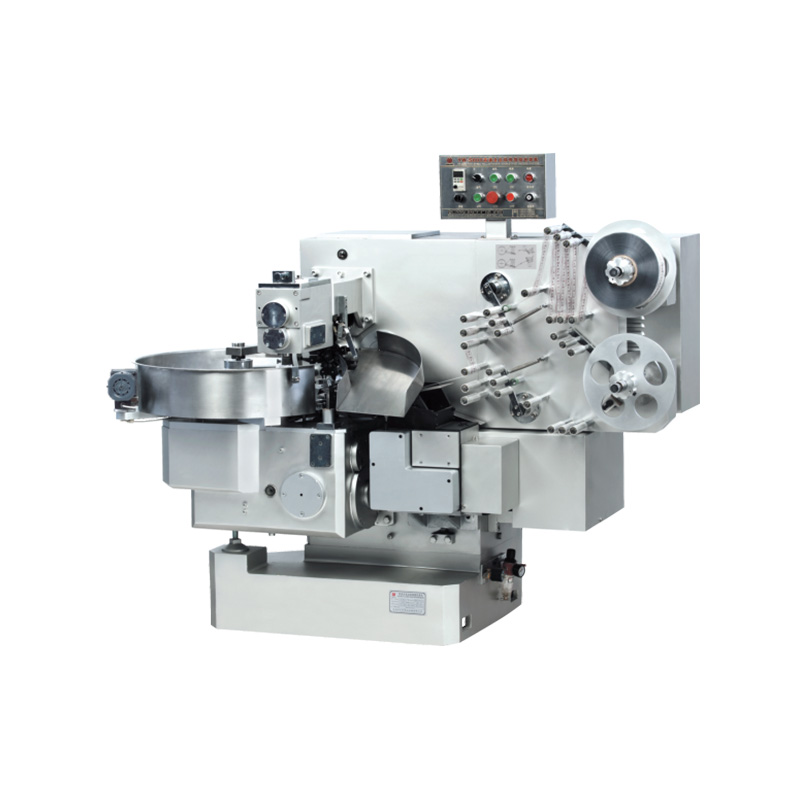How to Design Packaging for Chocolate That Stands Out on Shelves
Designing packaging for chocolate that stands out on shelves is a crucial task for any chocolatier or confectionery brand. In a market saturated with options, effective packaging can make the difference between a sale and a missed opportunity. The packaging of chocolate must not only be visually appealing but also functional, protecting the product while communicating its unique qualities to potential buyers. Here's how to create chocolate packaging that captures attention and drives sales.
Understanding the Role of Packaging
The packaging of chocolate serves several purposes. First and foremost, it protects the product from environmental factors such as moisture, light, and temperature fluctuations that can affect quality. Additionally, packaging food items like chocolate helps maintain freshness and extends shelf life. However, in a competitive market, packaging also functions as a key marketing tool. It tells a story, conveys brand identity, and helps consumers make informed purchasing decisions.
Creating a Unique Visual Identity
step in designing standout chocolate packaging is establishing a unique visual identity. This involves choosing colors, fonts, and graphics that resonate with your target audience. For instance, luxury chocolate brands often opt for elegant, minimalist designs featuring rich colors like gold or deep burgundy, which evoke a sense of indulgence and quality. In contrast, brands targeting younger consumers might use vibrant colors and playful fonts to create a fun and approachable image.
Incorporating eye-catching graphics or illustrations can also help your packaging stand out. Consider using imagery that reflects the flavors or ingredients in your chocolate, such as cocoa beans, fruits, or nuts. This not only enhances the aesthetic appeal but also gives consumers a glimpse of what to expect inside the packaging.
Material Selection Matters
The choice of material is another critical factor in the packaging of chocolate. Sustainable packaging options are gaining popularity, and consumers are increasingly drawn to brands that prioritize eco-friendly materials. Consider using biodegradable or recyclable packaging materials that align with your brand values. Not only does this appeal to environmentally conscious consumers, but it can also enhance your brand's reputation in a market that increasingly values sustainability.
Moreover, the material should protect the chocolate effectively. Rigid boxes, foil wraps, or compostable films can be used depending on the type of chocolate and its target market. For example, premium chocolates may benefit from rigid boxes that offer a luxurious unboxing experience, while everyday chocolate bars might be best suited for flexible packaging that is easy to open and reseal.
Functional Design Elements
In addition to aesthetics, functionality plays a vital role in the packaging of chocolate. Consider the following elements to enhance usability:
1. Easy Opening: Consumers appreciate packaging that is easy to open. Incorporating tear notches or resealable options can enhance the user experience, making it more likely that they will repurchase.
2. Portion Control: Single-serve or portion-controlled packaging can appeal to health-conscious consumers. It allows them to enjoy chocolate without overindulging, and it fits well into modern lifestyles that favor convenience.
3. Information Display: Clear labeling is essential. Include vital information such as ingredients, nutritional facts, and allergen warnings. Transparency in production and packaging fosters trust and helps consumers make informed choices.
Storytelling Through Packaging
Effective chocolate packaging should tell a story that connects with consumers. Share the origins of your chocolate, the sourcing of your ingredients, or the craftsmanship involved in production. This narrative can be conveyed through thoughtful text and imagery on the packaging. For example, highlighting fair trade practices or unique flavor profiles can create an emotional connection with consumers, encouraging them to choose your product over competitors.
Testing and Feedback
Once you have designed your chocolate packaging, it's crucial to test it with real consumers. Gather feedback on various aspects, including visual appeal, functionality, and information clarity. Conduct focus groups or surveys to understand how your target audience perceives the packaging and whether it aligns with their preferences. This data can help refine your design and ensure that it resonates with potential buyers.
Designing packaging for chocolate that stands out on shelves is a multifaceted process that requires a balance of aesthetics, functionality, and storytelling. The packaging of chocolate must not only protect the product and maintain its quality but also engage consumers and reflect the brand's identity.

 English
English